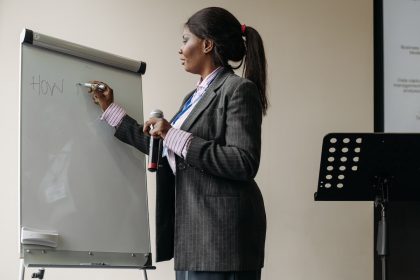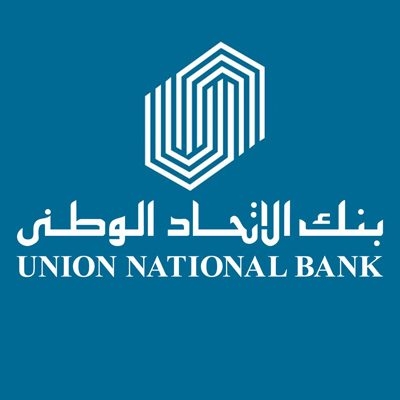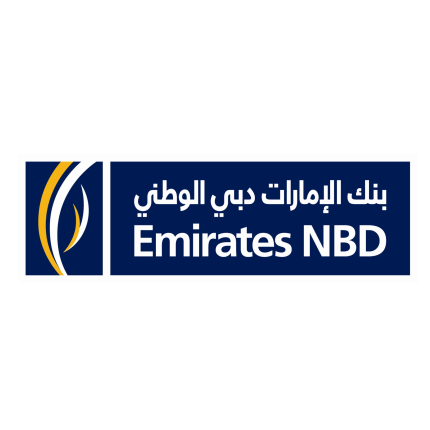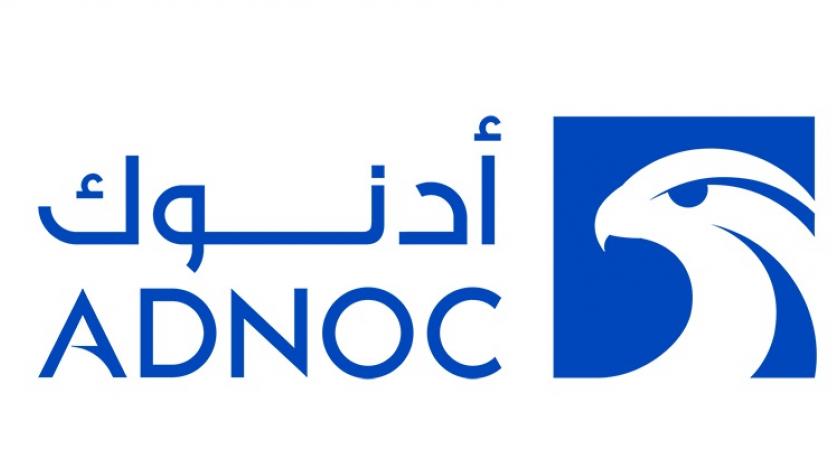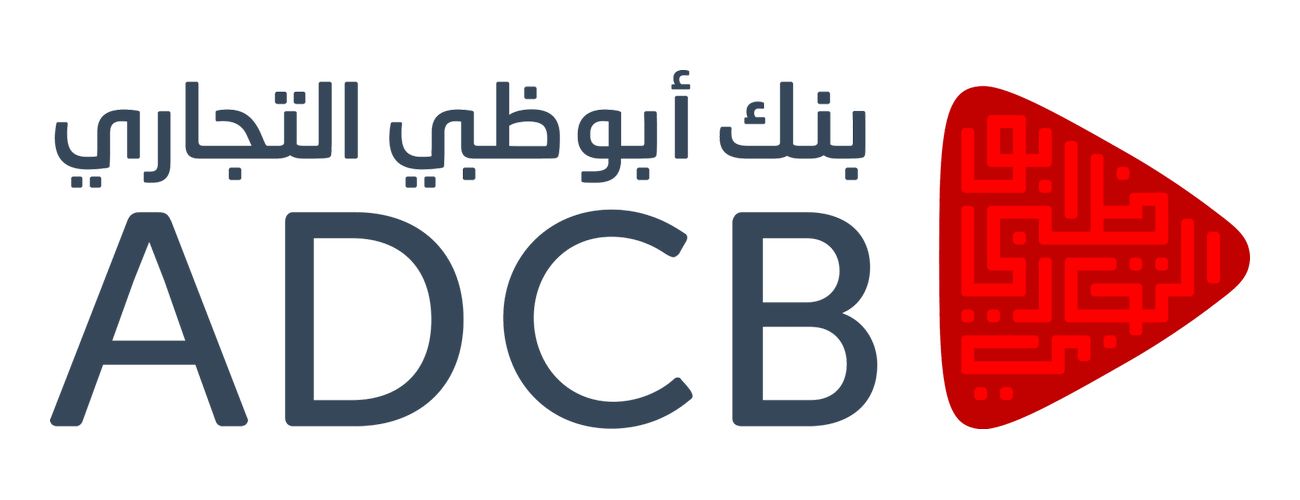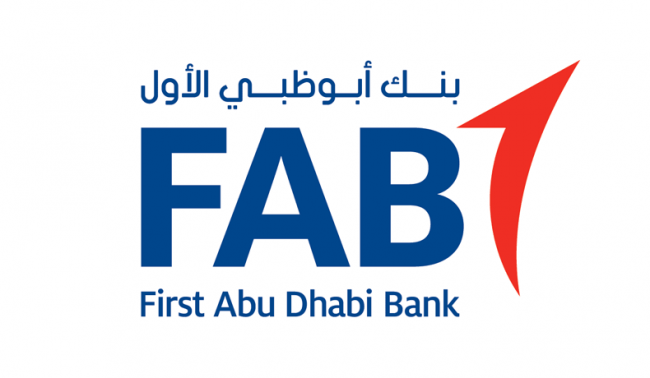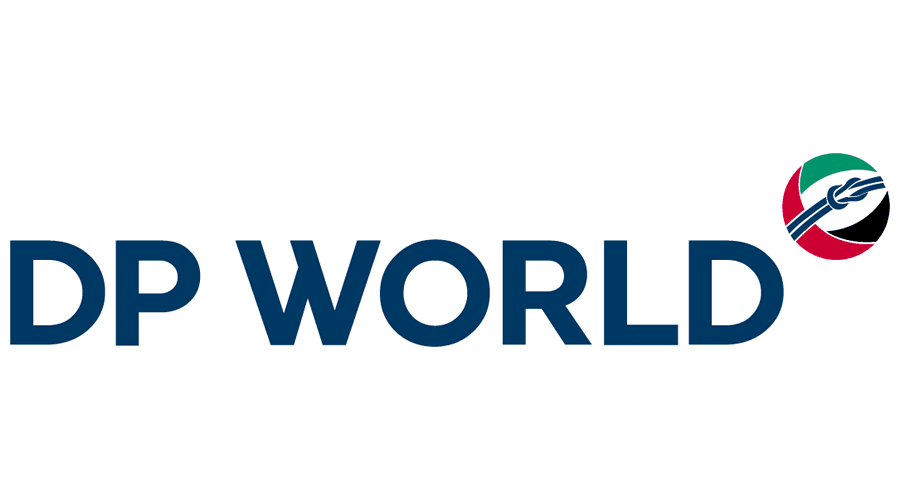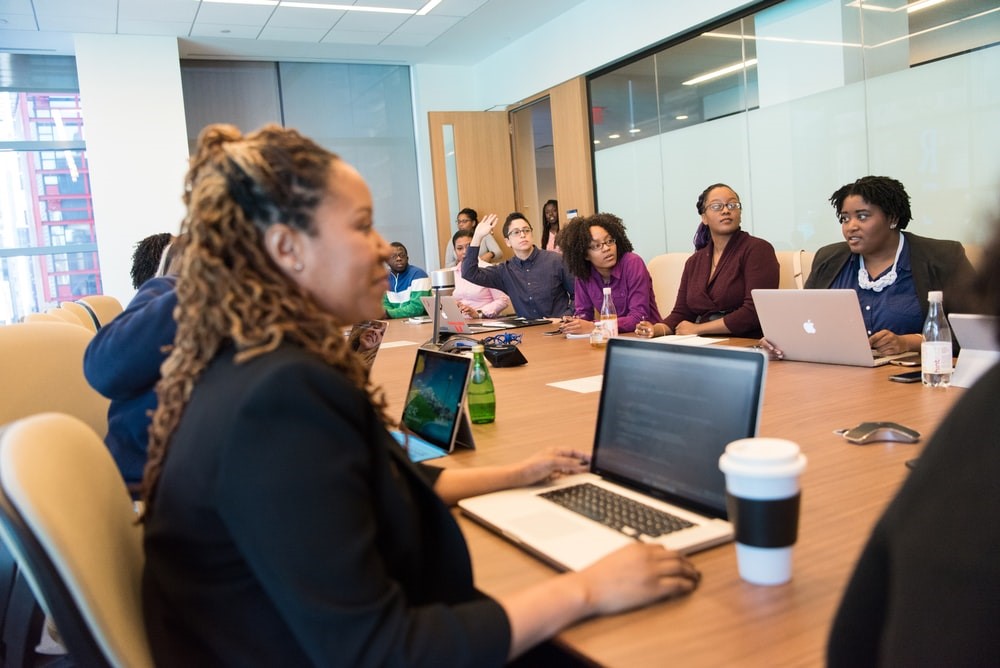
The impact of coaching is defined by the conduct between the coach and the coachee. The same goes for team coaching. Over the years, various models and blueprints of team coaching have surfaced through multiple experts and researchers; one such is the CLEAR model by Peter Hawkins.
The Origin of CLEAR Model
Peter Hawkins, a Professor of Leadership at Henley Business School, introduced the CLEAR model in the 1980s. To this day, it is considered as the functional alternative for coaches, especially for the ones involved in team coaching.
The CLEAR model promotes that to maximize workplace performances, you have to be more than a manager. Your role has to overcome the conventional profile of directing and managing the subordinates. What can yield better results is when a manager or team leader plays the catalyst in the team’s growth and development. The model emphasizes the essence and importance of mentoring and team coaching for employee productivity in the present-day highly competitive corporate world.
Understanding the CLEAR Model
The CLEAR model is based on the principles of positive transformation of executives and leaders through coaching. There are 5 distinct stages in this model that helps in the successful execution of structure meetings and team coaching sessions.
1. Contract
- What would be our target or focus for today’s session?
- What would you like to achieve from it?
- What do you expect the outcome of this session to be?
- How would you want me to guide or assist you in today’s session?
- What would suggest that we had a productive session today?
As you can understand from the queries mentioned above, when practicing the CLEAR model, every session commences with the team coach and the members discussing and planning the course of the meeting and how both will work together towards a premeditated goal. This stage is called contract, and the dialogue can change as per the progress of the group in each session.
2. Listen
In the listening stage, the team coach evokes queries to the team members on the specific area that they chose at the beginning of the meeting. The coach’s objective here is to engage with the members to pick up details, individual views, and connections on the topic. It helps the coach to understand the viewpoint of the members. All participants in this stage should be attentive, accurate, and empathetic to what other members say.
3. Explore
With the general viewpoint and feelings of the members becoming transparent to the coach, now is the time to ask more targeted and probing questions that fall in line with the objective of the session (agreed upon in the contract phase). These answers help the team coach to understand the emotional state of the coachee if there’s anything in particular that they would like to change, and what they would like their future emotional state to be.
4. Action
- What do you think needs to be done next?
- How will you attempt that?
- How will you initiate the process?
- Is there anyone you would like to speak to about it?
- If yes, then who would that be?
- When do you want to take action?
In the action stage, the coach asks questions to the members to plan the activities. These activities should be taken from the realization that they had from the previous phases. However, the questions should not lead the members to probable answers. They should be able to make out the answers themselves.
5. Review
In the last stage of the meeting, the team coach reviews and reflects on the key points of the meeting. The coach might ask the members to review the session as well. This practice helps them to resonate with what had been discussed and the realization they had.
Only a handful of team coaching training providers delve deeper into such practices so that post-certification, the coach can deliver the same through work. Team Transformation’s advanced coaching modules include such practices to enable seasoned professionals to dive into coaching practice after team coaching certification.
We hope you found our blog helpful. Do share your comments and share it with others who would love to use the CLEAR MODEL with their teams. You can read more such blogs here.
